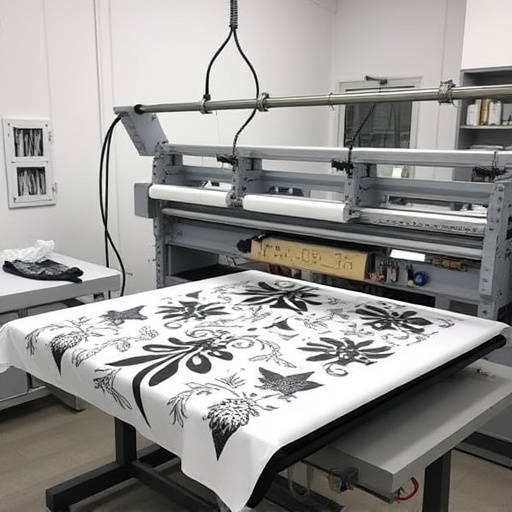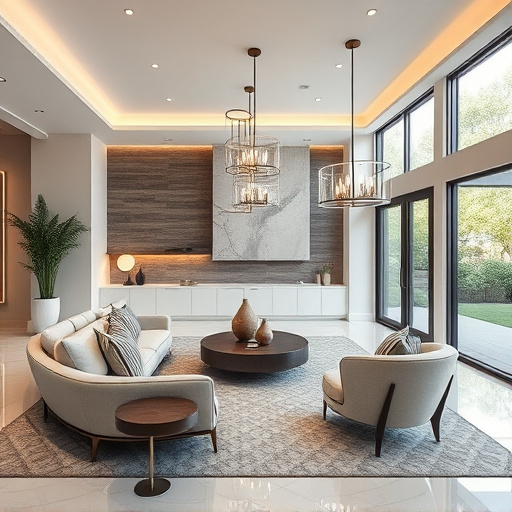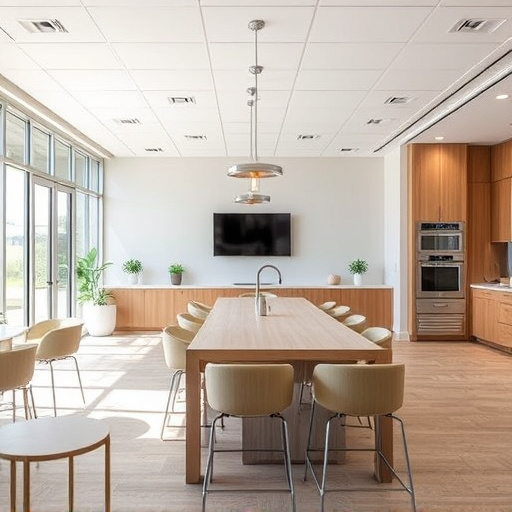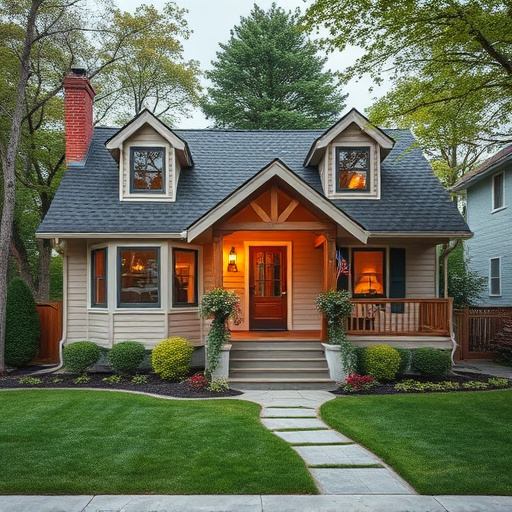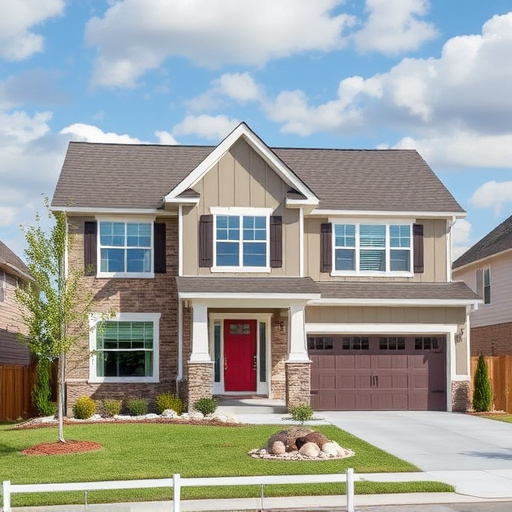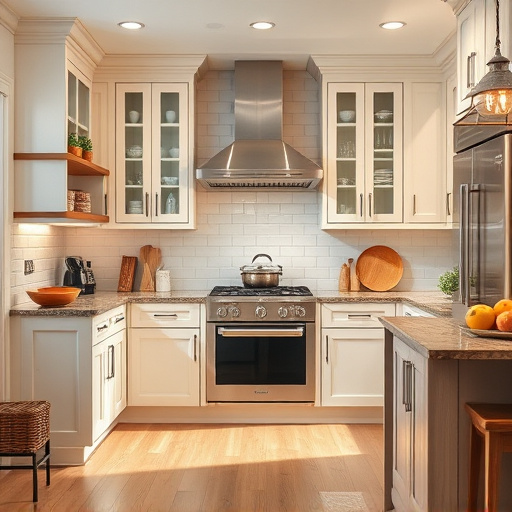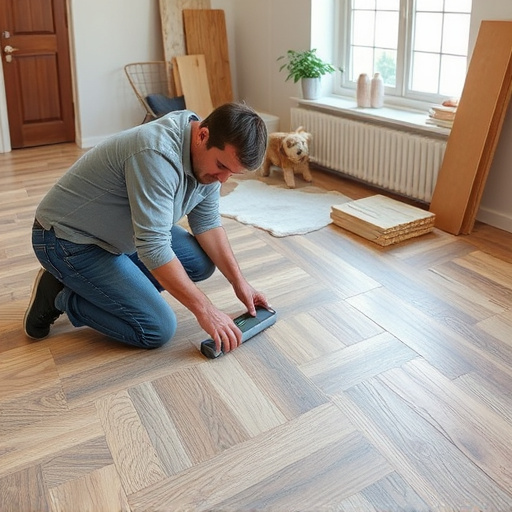Flooring design is a crucial aspect of creating cohesive, aesthetically pleasing spaces, whether in homes or commercial settings. By aligning flooring choices with desired styles (modern, traditional, eclectic), designers can guide material, pattern, and color selections for seamless room-to-room transitions. Strategic flooring choices can either unite disparate areas with consistent materials like hardwood or tile, or highlight differences to enhance visual interest. The right flooring materials transform rooms, influencing both appeal and functionality, catering to diverse preferences from modern to rustic and creating harmonious atmospheres.
“Unleash the power of flooring design to transform your spaces! In this guide, we explore how strategic flooring choices can create cohesive rooms that captivate the eye. From understanding the psychological impact of different materials to selecting colors and patterns for visual harmony, you’ll discover secrets to achieving a unified design. Elevate your interior aesthetics by incorporating creative flooring solutions that define and enhance each room’s character.”
- Understanding the Impact of Flooring on Room Cohesion
- Choosing Flooring Materials for Unified Design
- Creating Visual Harmony: Patterns and Colors in Flooring Design
Understanding the Impact of Flooring on Room Cohesion
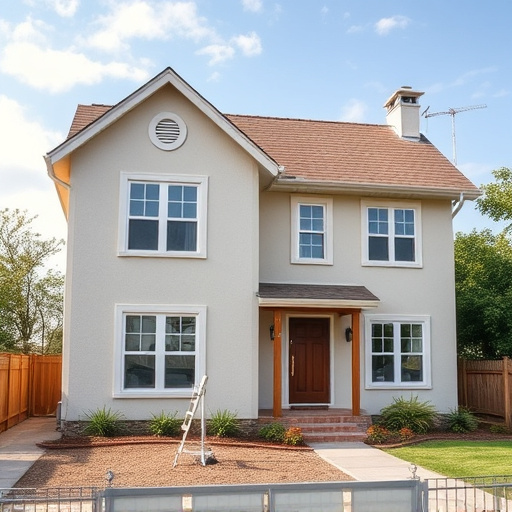
The flooring design plays a pivotal role in achieving cohesive rooms within your home or commercial space. It’s not just about aesthetics; it’s a powerful tool to connect different areas and create a harmonious atmosphere. When planning a flooring design, consider the overall style you wish to attain, be it modern, traditional, or eclectic. This choice will guide your selection of materials, patterns, and colors, ensuring each room flows smoothly into the next.
A well-thought-out flooring strategy can tie disparate rooms together while also defining their individual characters. For instance, using a consistent material like hardwood or tile throughout creates visual continuity, whereas strategic changes in color or pattern can subtly differentiate spaces, such as a living area with a neutral tone transitioning to a vibrant bathroom with a bold mosaic floor, enhancing the overall appeal during a multiple room remodel or bathroom renovations.
Choosing Flooring Materials for Unified Design
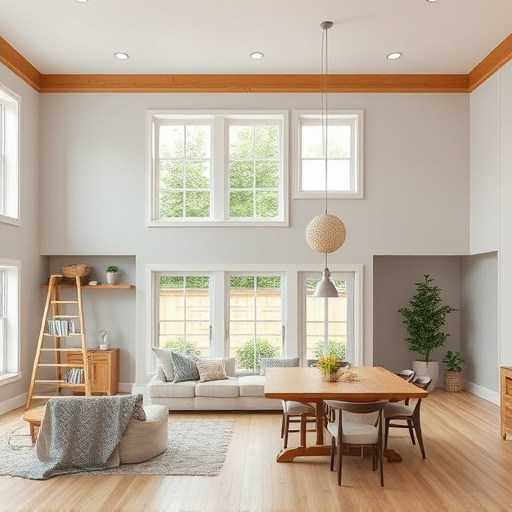
When designing cohesive rooms, selecting the right flooring materials is a key step. Aim for a unified look that flows naturally from one space to the next. This involves considering both aesthetic appeal and functionality. For instance, choosing hardwood or laminate offers a versatile, timeless option suitable for various room types and styles. On the other hand, tile or vinyl can add a splash of color and texture, creating visually appealing patterns that tie spaces together.
In home transformations or renovation services, flooring design plays a pivotal role in defining the overall ambiance. During home remodeling, opt for materials that complement existing features while aligning with your desired aesthetics. Whether it’s a modern, sleek look or a cozy, rustic feel, the right flooring choices can enhance the connectivity between rooms, creating a harmonious and inviting atmosphere throughout your living space.
Creating Visual Harmony: Patterns and Colors in Flooring Design

In creating cohesive rooms through flooring design, establishing visual harmony is paramount. Patterns and colors play a crucial role in tying together different spaces within a home, especially when undertaking whole house remodels or multiple room renovations. Careful consideration of color palettes ensures that each floor complements one another, fostering a seamless transition from one room to the next. For instance, using a recurring neutral tone across floors can create a calming and cohesive atmosphere. Conversely, strategic application of accent colors can add warmth and vibrancy, making spaces feel more dynamic and inviting.
During home renovations, incorporating patterns in flooring design can introduce depth and interest while maintaining visual balance. Geometric patterns or subtle textures can tie together elements from different rooms, enhancing the overall aesthetic appeal. Balancing these patterns with solid color floors helps to avoid clutter, ensuring that each space remains distinct yet connected. This harmonious approach not only makes moving between rooms more pleasant but also contributes to a well-designed and integrated home renovation experience.
Incorporating thoughtful flooring design is key to achieving cohesive and aesthetically pleasing rooms. By understanding the impact of flooring on room cohesion, carefully selecting materials that align with your unified design goals, and strategically using patterns and colors, you can create visually harmonious spaces that truly come alive. Flooring design isn’t just about functionality; it’s an art form that enhances the overall ambiance and tells a story about your personal style.





